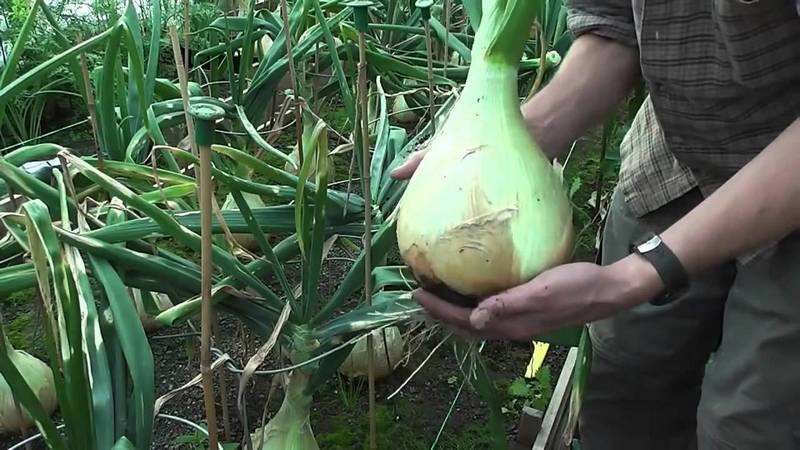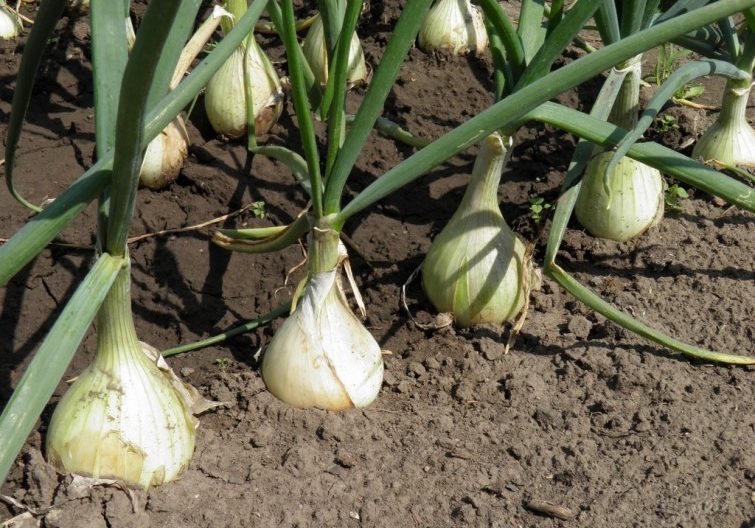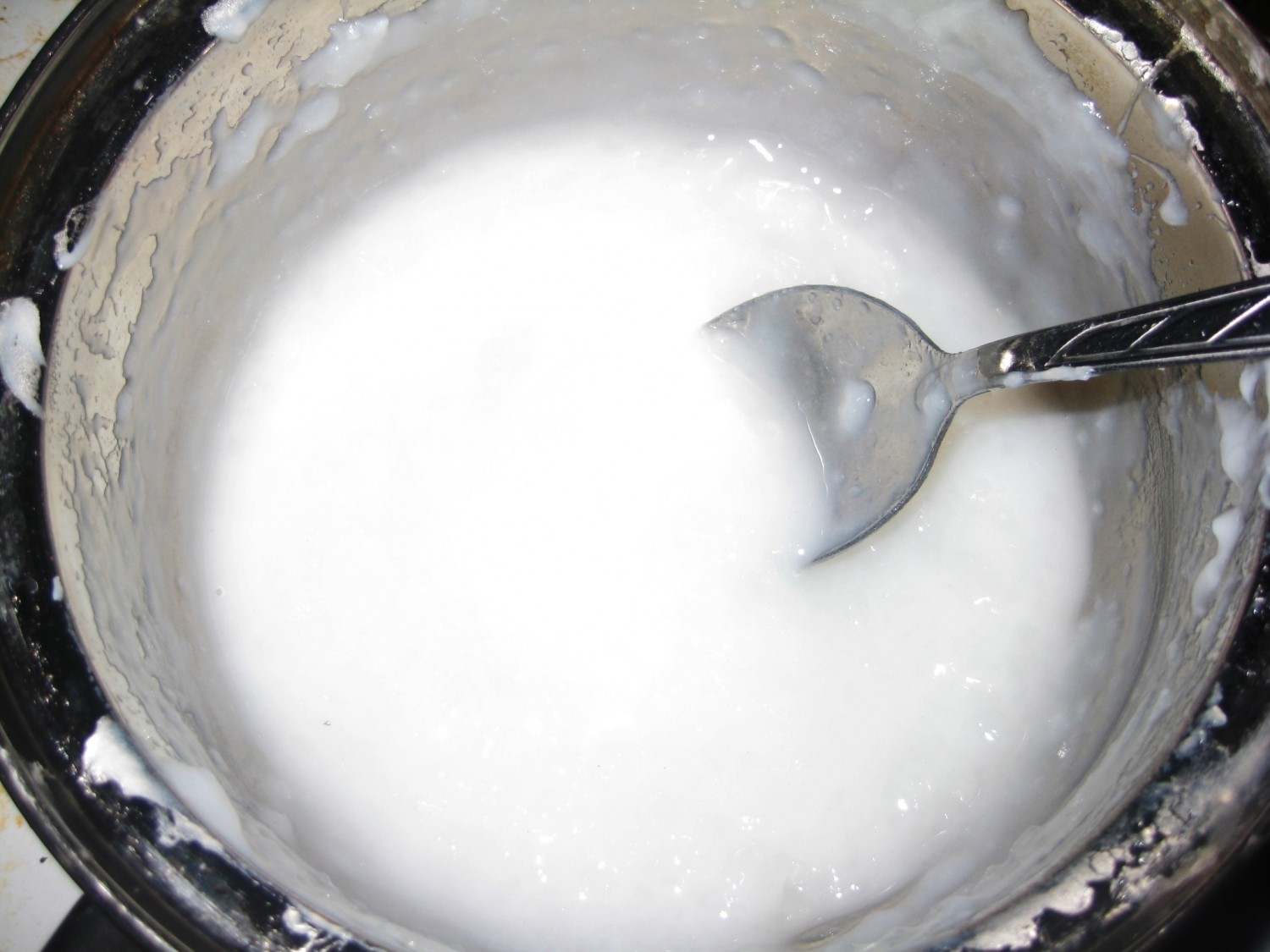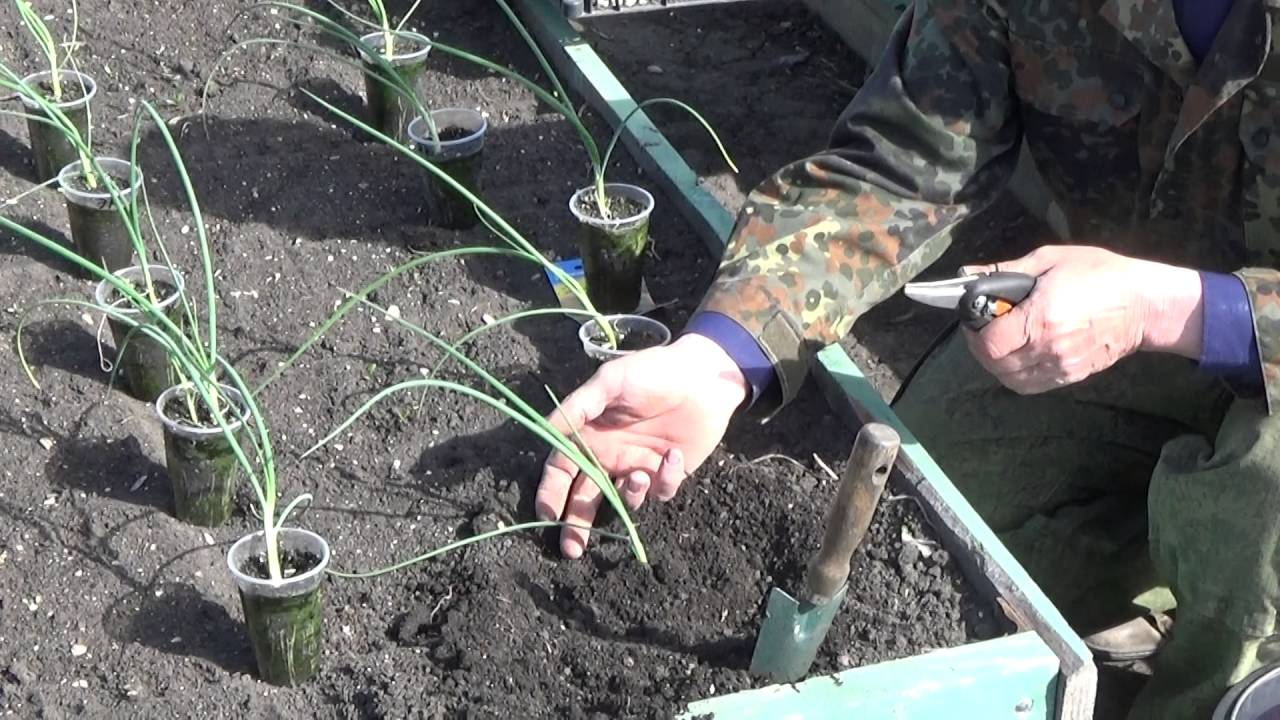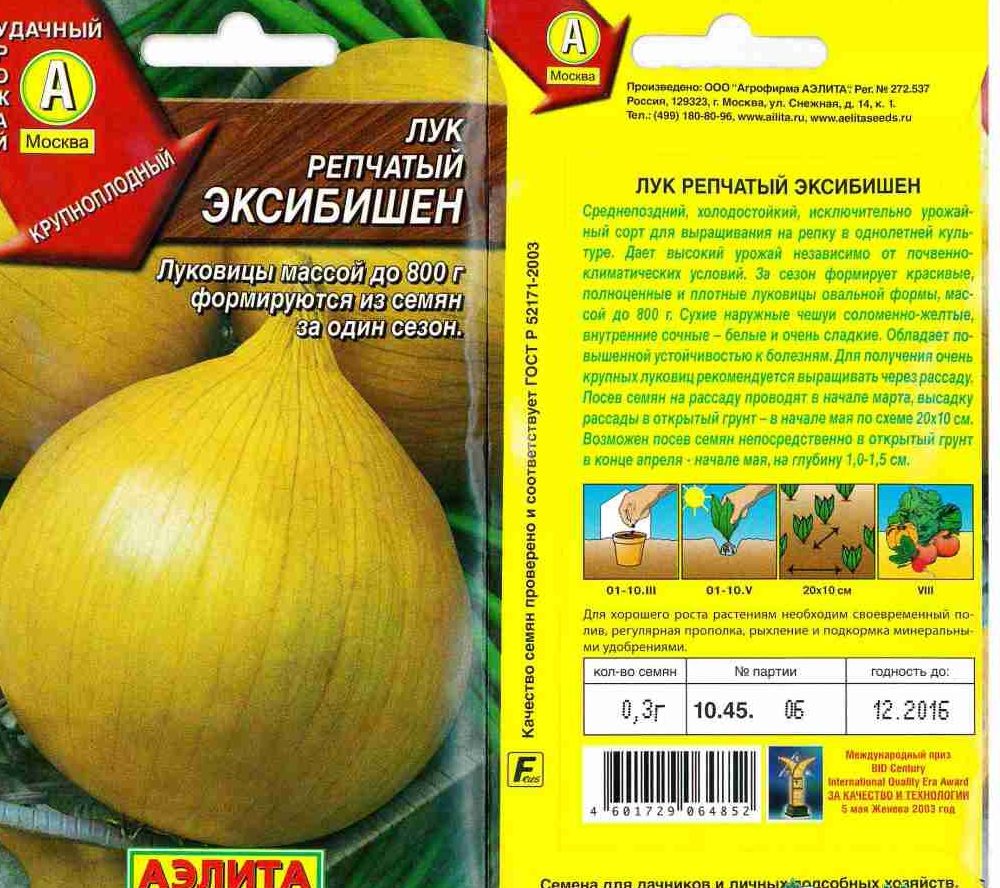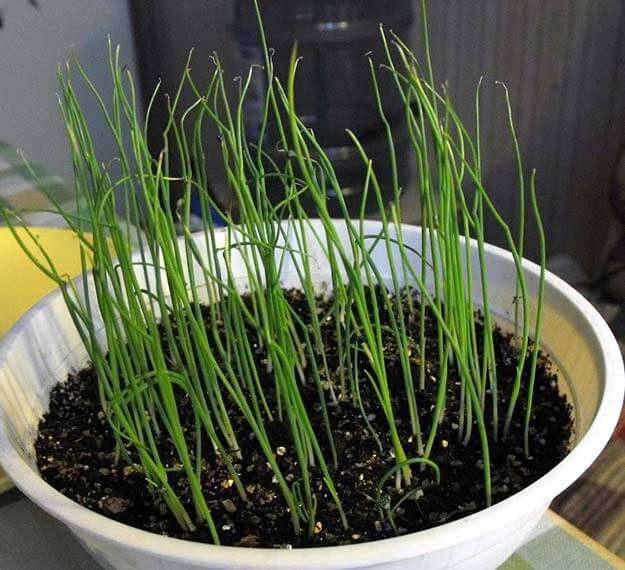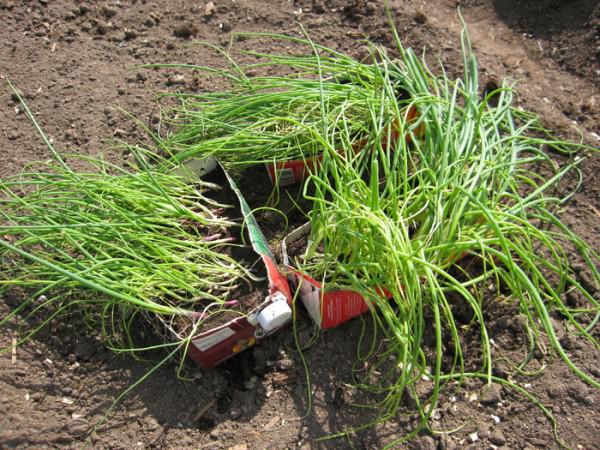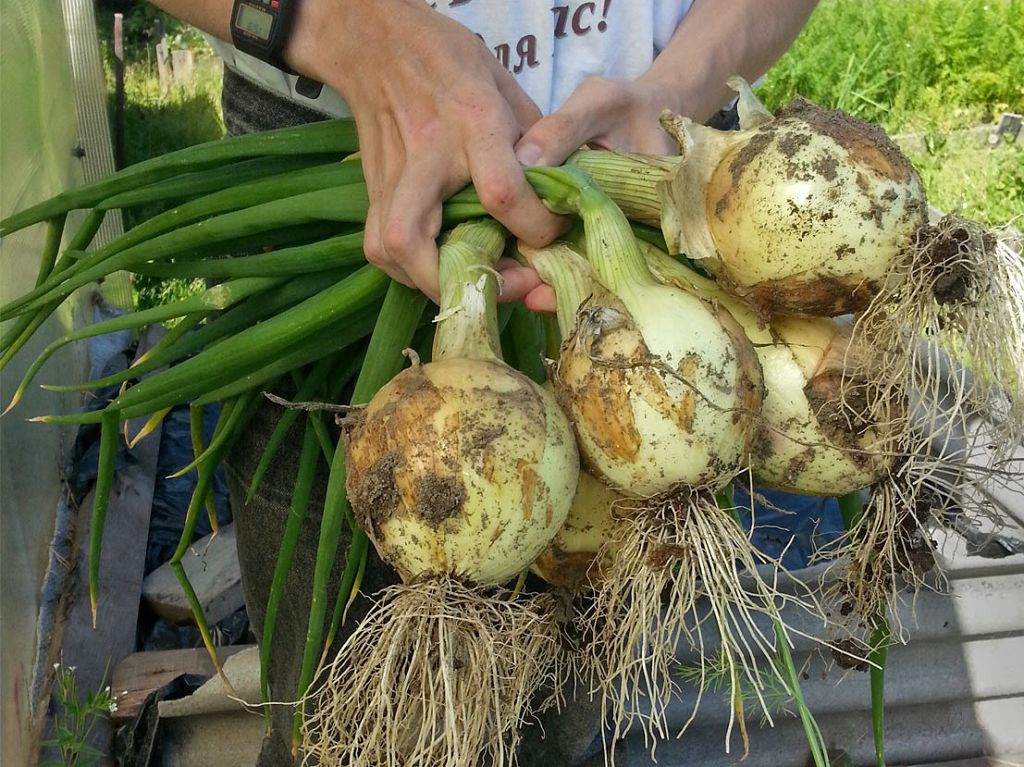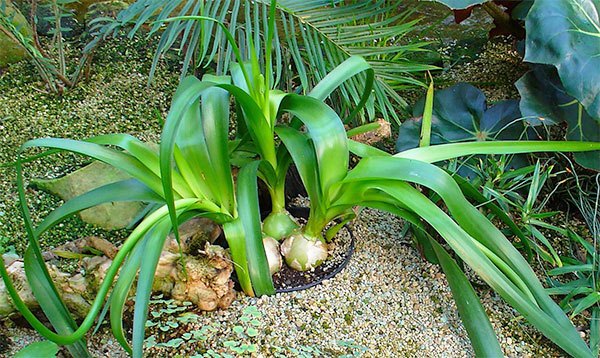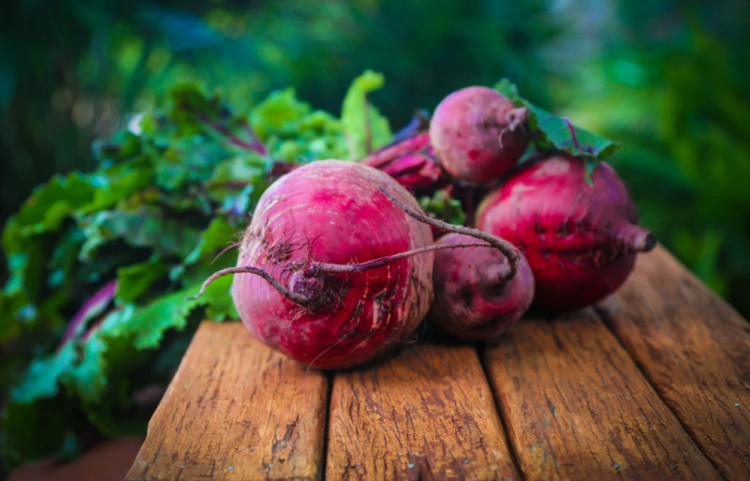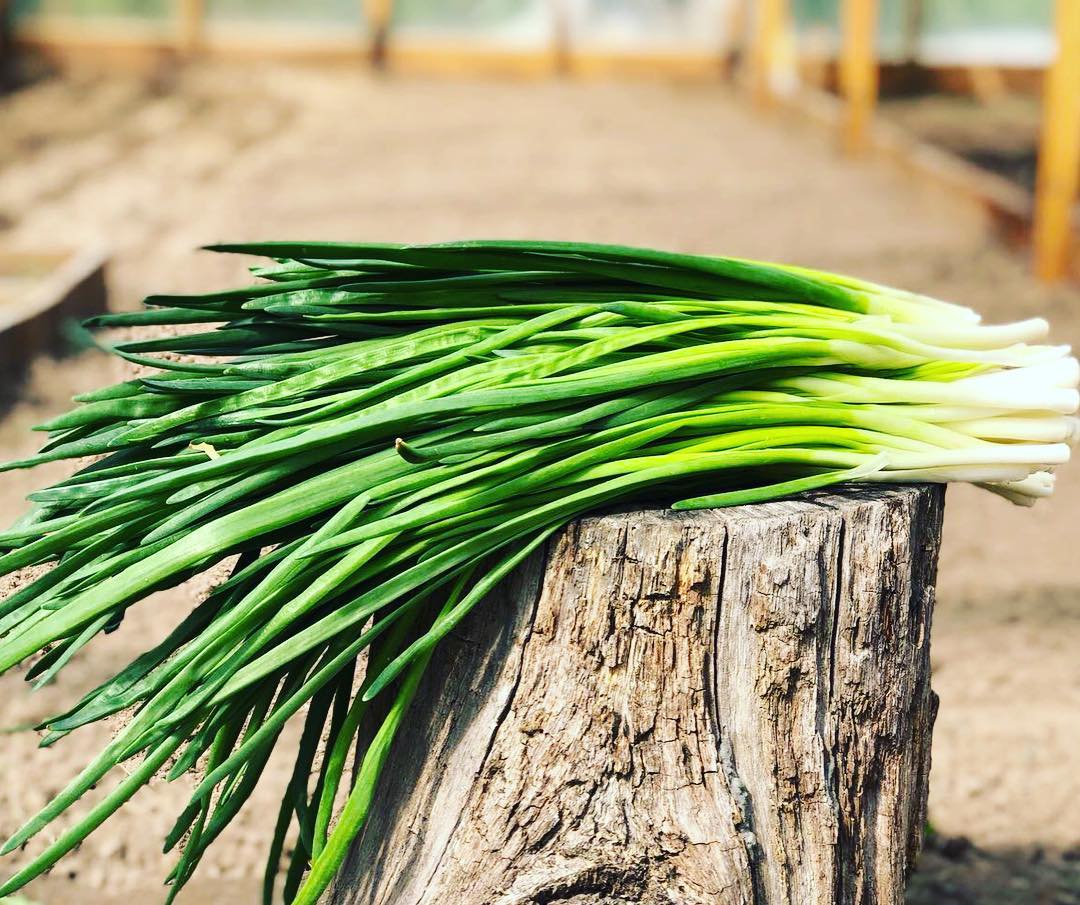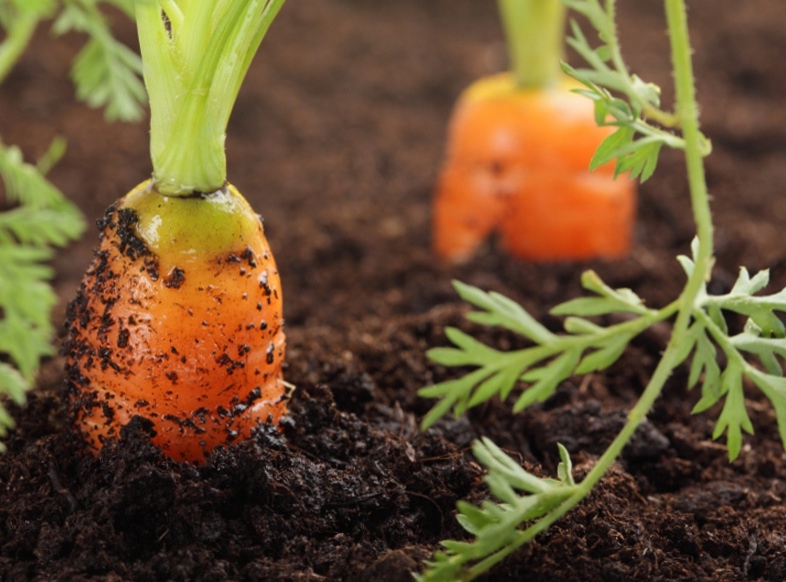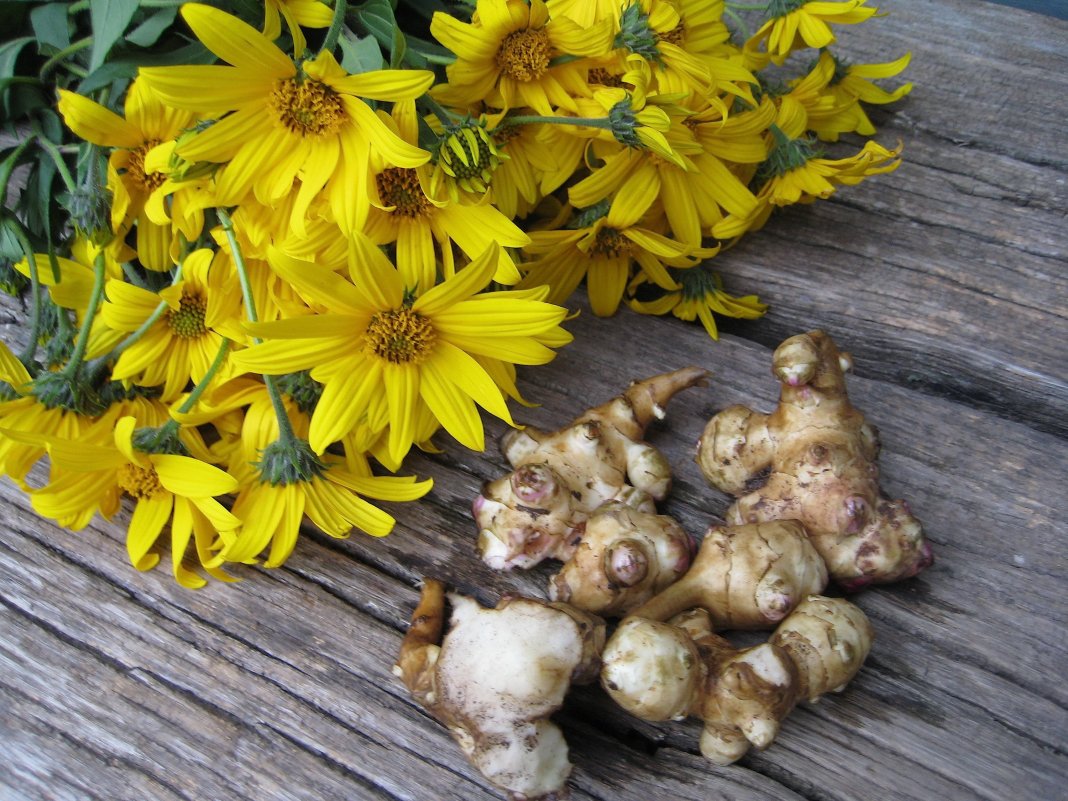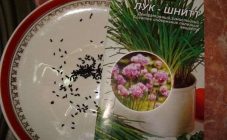Content:
Exhibiting onion has a delicate taste and delicious aroma. It is rightfully called a masterpiece of selection. But these are not all the qualities due to which this culture should be distinguished from its congeners. The most important feature of the Exibition is its size. The bulbs are gigantic. One onion head grows to a weight of one kilogram. In addition, it has no bitterness, so when cutting a vegetable, cooks do not “cry”. A description of the plant can be found in the article.
Description
Onion Exibishen is a miracle that was brought to Russia from Holland. This marvel was born on the Bejo Zaden farm. Depending on the growing conditions, the mass of the bulbs can range from five hundred grams to one kilogram. The husk of the bulb is thin and yellow. Oval shape, smooth, flawless surface.
When planting onions of this variety, you need to take into account the fact that they are very picky about the soil in which they germinate. The soil for planting should be well loose, light and rich in minerals. Humus is introduced into the soil before planting at the rate of two buckets per one hundred square meters. Mineral fertilizers and charcoal are also applied. River sand is added if desired.
Onion Exibishen is picky about moisture and sunlight. During watering, it is very important not to flood the crop, but at the same time, the soil must not be allowed to dry out. Before watering, water must be heated, watered moderately. To keep the soil moist for a long time, which reduces the number of irrigations, soil mulching is used. For this procedure, materials such as:
- straw,
- sawdust,
- wood rot,
- paper.
Each watering process takes place at a time when the soil becomes dry. If the summer is dry for a long time, then you need to water the culture every day after eighteen hours.
In addition, the onion is very fond of sunlight, for this reason, the area where it grows should be illuminated from all directions by the sun's rays.
Reproduction
Anyone who wishes can grow Exhibishen onions. To do this, you just need to follow the rules for growing crops. There are several ways to breed onions:
- seminal,
- seedling,
- planting with sevkom.
Seed method
This method is pretty simple. The only thing to take into account is that the bulbs grown in this way only grow three hundred grams by weight. In order for the seeds to sprout together, the gardener must know the basic rules of sowing and what is needed for this.
Onions should be minced no earlier than April, but they prepare for this process much earlier. It could be late February, early March. To prepare planting material, you need to prepare:
- paste,
- toilet paper,
- seeds,
- hard surface.
The paste is prepared independently from improvised means:
- starch;
- water;
- fertilizers AVA.
You will need a seed container and board.
In a saucepan, you need to boil half a glass of water and add starch to the boiling water. Cook, stirring occasionally, until the consistency of thick sour cream and cool.
Then you need to glue the seeds to the toilet paper using this paste. To do this, it is recommended to follow the step-by-step instructions:
- The paper is cut into strips, the width of which should not exceed eight centimeters;
- A little paste is dripped every five centimeters;
- Put an onion seed on a drop of paste;
- Leave for a day to dry everything.
- Then the paper is rolled up and stored in plastic bags until it is planted in open soil.
Thus, the seeds will be evenly distributed over the bed, which will allow not to thin out the seedlings. Planting Exhibishen onions in the ground is done as follows.
Preparing the soil for planting should be done in the fall. The garden bed is carefully dug up, all weeds, the remnants of roots and pest larvae are collected. In the spring, the soil is loosened and treated with Fitosporin. After that, shallow beards are made, a tape with seeds is placed in them and covered with earth.
Exhibiting onion grows very well in greenhouse conditions, where it receives a sufficient amount of moisture, heat and light. Such greenhouses can be easily made right in the garden. This will require thick wire arcs and a covering material. Non-woven geotextiles are perfect for this. It perfectly transmits light and fresh air, while protecting crops from birds and pests.
There are no clearly established dates for sowing seed into the soil. This process directly depends on the region and region in which sowing is planned. In the south of the country, Russia can be sown in the second decade of April. In the central regions and Siberia, the best time for planting is May. It is important that the ground and air are warmed up to plus ten degrees.
Exhibishen onion seeds can be sown in the fall. This method has been used by gardeners for a long time and has proven itself well. Moreover, in this case, the culture receives strong immunity against diseases. Sow the seed into slightly frozen ground. They do it as follows:
- In the selected area, which is well illuminated by the sun's rays, they dig up the soil, simultaneously apply humus and mineral fertilizers. All weeds and root residues are completely removed.
- They make grooves, two centimeters deep, where seeds are sown thickly. The distance between the rows should be at least twenty centimeters. In the spring, seedlings will need to be thinned out.
- The seeds are sprinkled with earth and watered with warm water from a watering can.
- The garden bed is mulched with a two centimeter ball of sawdust or straw. In this case, mulch performs several functions at once: it saves seeds from freezing, retains moisture and protects seedlings from weeds.
- Additional protection for onion seeds can be made from the snow that has fallen. It is poured with a high ball on the garden bed.
- After the snow melts, mulching with peat, sawdust or straw is repeated, if necessary.
Seedling method of planting onions
Growing Exhibitive onions through seedlings is the most difficult method, but if you apply it, the bulbs will grow large. Seeds are sown for seedlings in March. The seed is prepared as follows:
- The seeds are soaked in water for a certain time;
- Then wrapped in a wet rag for several days;
- Before sowing the seed into the ground, it must be disinfected.
For disinfection, you must use a solution of potassium permanganate, in the ratio of one gram of potassium permanganate per liter of water. The seeds are infused for eight hours. The temperature of the solution should be constantly forty degrees.
After that, you need to prepare the container for landing. To do this, you need to take containers and fill them with fertile soil. It is prepared from the following components:
- Intermediate - 9 parts.
- Sod land - 10 parts.
- Peppered leopard - 1 part.
All ingredients are mixed together and containers are filled with the mixture. After that, the prepared seeds are sown. The box must be covered with glass or foil. Place the container in a warm, dark place. As soon as the first shoots appear, the glass must be removed and the seedlings taken out to a sunny place.
In the process of caring for seedlings, it is necessary to monitor the temperature in the room where it grows, and regularly ventilate it. The temperature regime should be as follows:
- Before the first shoots, you need to adhere to a temperature regime of twenty-two degrees;
- After germination, the air should be no less than seventeen degrees in the daytime, at least ten degrees at night.
Two months after the first shoots of seeds, the seedlings begin to harden. Next, Exhibishen onion seedlings are planted in open ground. The seedlings that turned out to be the strongest should be planted in the garden already in the first decade of May. For planting, you need to choose an area that is not shaded by the sun. At the same time, the soil on it should be with neutral acidity, loose, moist and saturated with oxygen. The garden must be planned in such a way that the culture is planted according to the twenty by thirty centimeters scheme.
Planting with sevkom
Planting Exibishen sevkom is the easiest way to propagate a culture. Moreover, it is with this method of growing onions that the gardener receives the highest yield. Planting material can be grown independently or purchased at a seed store.
You can plant a crop in spring or autumn, while you must adhere to all the above rules and conditions. It should be taken into account that the densely sown seeds of Exhibichen onions subsequently grow into a good planting material - sets. Before planting the seed in the soil, it, like the seeds, must be treated with a solution of potassium permanganate. You also need to apply drugs that will protect the plant from microbes.
Culture care
The main processes for Exhibiting onion care are watering, loosening, weeding and pest control.
This crop loves moisture very much, so it is important that the soil is constantly moist. Mulching is used to preserve it. Thanks to this operation, the plant is protected from overgrowing by weeds. It should be remembered that the soil around the onion should be periodically loosened. In order for the plant to grow as efficiently as possible, it is best to sow carrots between rows.
By weeding, loosening and watering, the onion heads grow large and juicy. It should be noted that the bulbs grow closer to the soil surface, which favorably affects the subsequent harvest.
Harvest
Exhibiting is harvested in the same way as onions. After the greens have completely lodged and the stems have dried, as well as when the husks begin to turn yellow, it is time for harvesting. If it is not harvested in time, it begins to take root and grow. Harvesting falls in the second half of August.
Cleaning is done in dry sunny weather. After the bulbs are removed from the soil, they must be dried in the sun, then they continue to dry in the attic or in a dry shed.
Growing a high-yielding giant onion is very easy if you put in maximum effort and patience throughout the season.The main thing is to adhere to all the rules of planting and caring for the plant.
